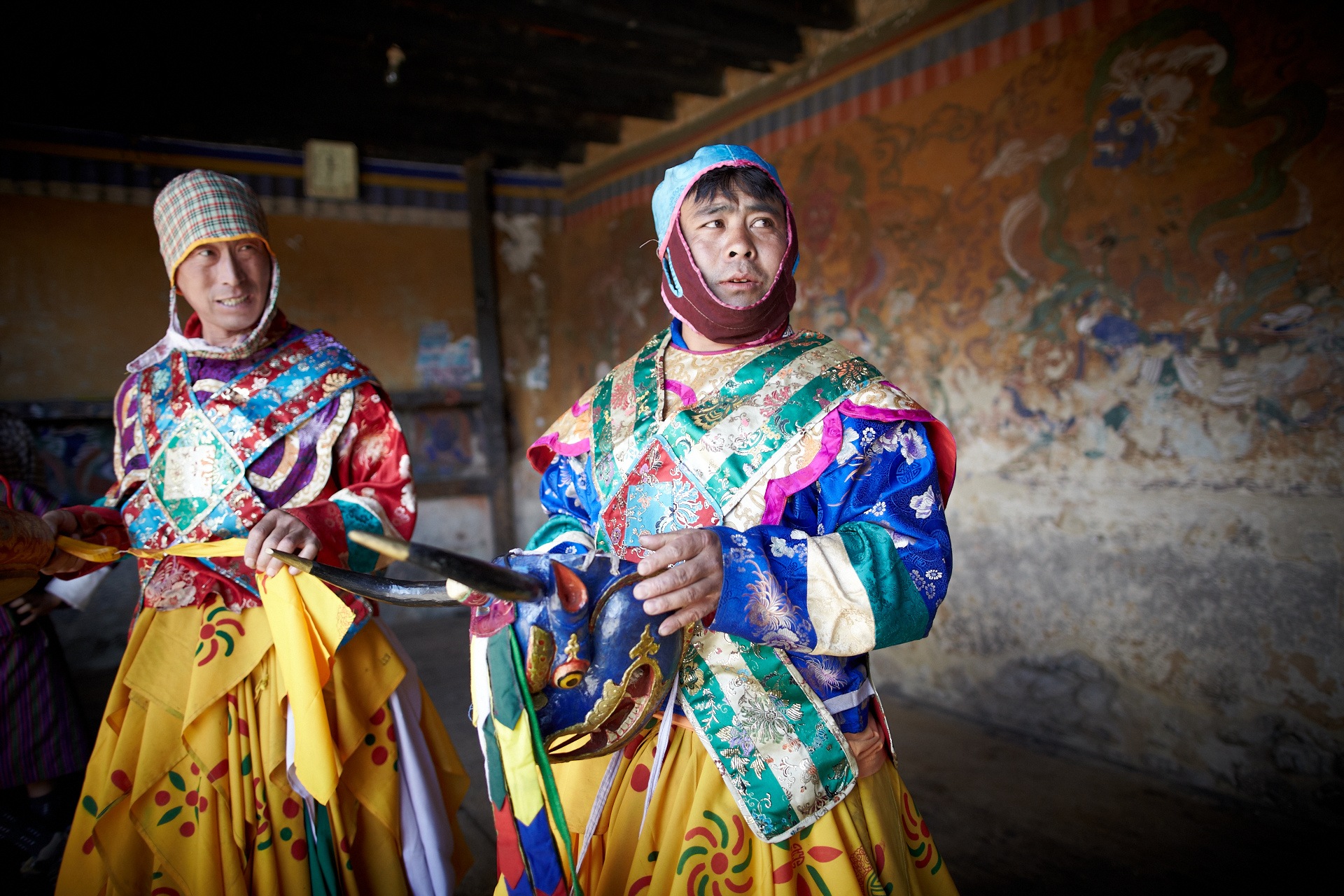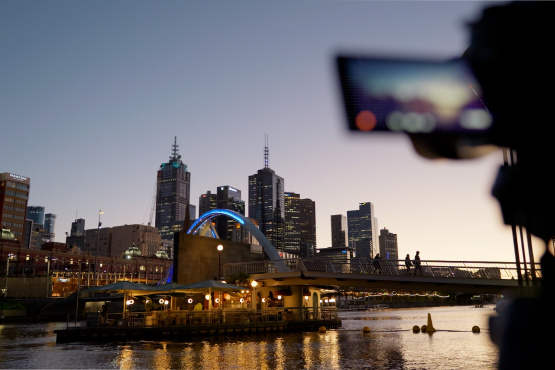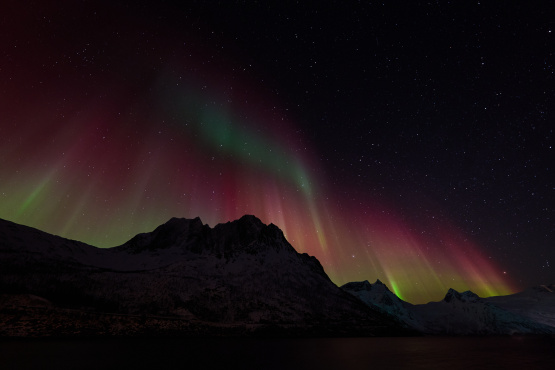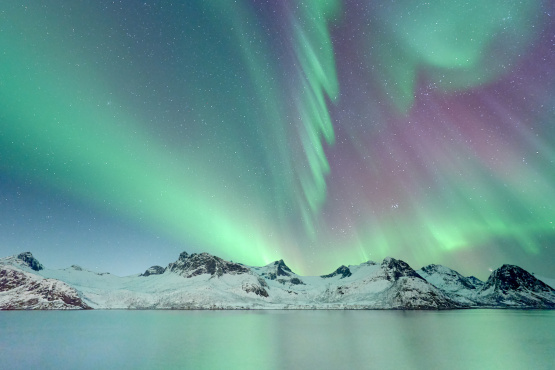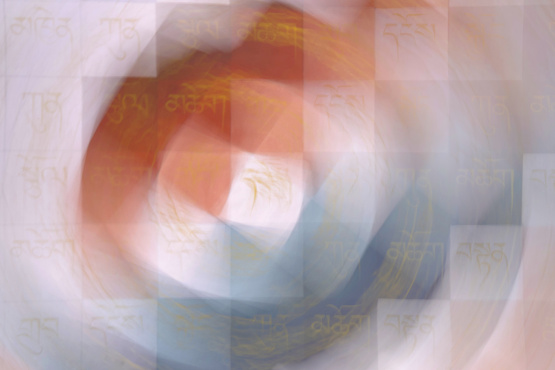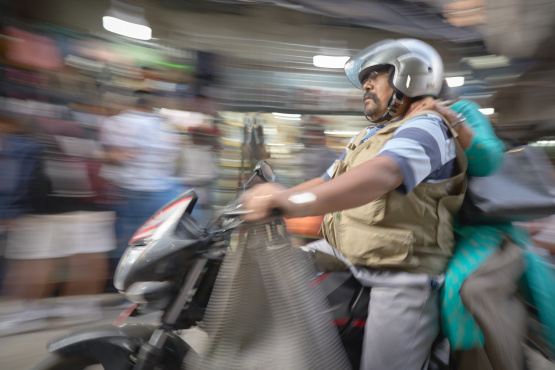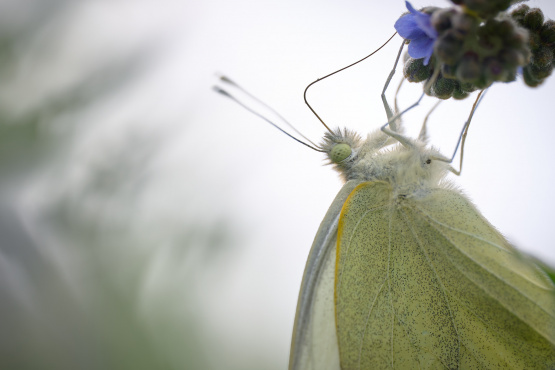How To Look Inconspicuous at a Bhutanese Religious Festival
Bhutan attracts photographers for its religious festival like bears to honey. Most tourists who visit these amazing events are not even remotely photographically inclined or talented, but a few dozen or so dedicated shutter bugs will always turn up for any festival occasion.
To set the scene you must appreciate that across the nation of Bhutan there are over 2000 temples and dozens of Dzongs (imagine your average town hall combined with the most significant religious site in the city). Every major temple will have one festival each year that is steeped in spiritual symbolism, driving away the bad spirits and inviting the good. These festivals are colourful not only for the spiritual dances (chams) performed over several days, but for the local crowds that gather in their finest Kira and Goh, the national dress of the Bhutanese.
The bigger the city the bigger the festival and the bigger the bus loads of tourists. Lots of hotels combined with easy access to the international airport make the festivals at Thimphu and Paro especially popular. Bumthang festivals are getting to be a big event as well, and that will get worse now that the new domestic airport has been given the green light to fly services from Paro.
The net result are loads of wealthy tourists with blingy cameras and bad manners. To be fair you can spot the professionals quite easily, they're usually doing their best to avoid offending the monks and dignitaries. By comparison some holiday snappers feel they have paid for the right to insult the highest order of Buddhist masters that Bhutan has to offer.
Most entertaining however are the super-serious photographers who skip any attempt at cultural immersion and tackle the festivals like some kind of extreme sport. Here's a guide to making yourself inconspicuous at a Bhutanese festival by blending in with the blingy camera boys...
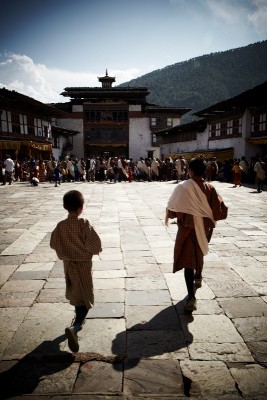
1. Dangle as many bits of techy gear off your body as humanly possible.
Ditching the camera strap for the Black Rapid double-harness only gets you half way along the journey, but adding some strapable pockets for memory cards and a waist belt for your lenses finishes the job. Pretty much anything that could otherwise be discretely tucked into a camera bag can in fact be displayed off your beefcake chest for all the world to see. Have your friends call your iPhone every 30 minutes as well to emphasise how important you are and why you needed quick access to so much equipment.
If your chest is more like potatocake than beefcake then try the fishing-vest approach instead. Remember, you're angling for the sporty look here, a man of the outdoors ready for anything. Is that a wild bear charging through the crowd and about to destroy the festival? No worries, somewhere in my vest is a Swiss Army Knife with the Bear Mangling adaptor and I'll save day!
2. Walk through the middle of the performance area while pointing a really big lens at the monk with the biggest hat.
There's always a danger that your black t-shirt and bright yellow Nikon strap will fail to attract enough attention compared to all the beautifully dressed Bhutanese people. The fact that you're the ONLY person in the festival who failed to wear a nice shirt with a collar or long sleeves isn't enough to max out the bling-o-meter either.
The maximum points move here is to walk directly across the performance area, ignoring the little painted lines and marshalling activities of the police. Casually grab that 300mm f/2.8 lens that weighs more than the King's lovely new bride and start snapping off frames of the dignitaries sitting in the box seats.
3. Girls go glam for the glory of photography.
With so much testosterone walking about the festivals what is a girl to do if she wants to grab some attention? Nothing says "ignorant foreign traveller" quite like a pretty young girl dressing super sexy at a religious festival. Go hard on the lipstick, make sure your cleavage is pronounced and bouncy and sport the biggest fashion sunglasses you can find. Aside from making your face look like a giant fly, the sunnies ensure no eye contact is made with the policemen trying to indicate that you need to sit down in the front row. Big hats are excellent too, because hats of any sort are not allowed inside the temples of Dzongs. Fashion trumps tradition any day.
For bonus points try the walk-by move on a few monks. Flutter those eye lids and see if you can get some flirting happening with innocent young boys who have been forced by their parents to follow a life of dedicated learning. If you really want to prove that "blondes have more fun" be sure to take your camera inside the temple while visiting a festival and photograph yourself standing in front of their biggest Buddha statue. After all, Karma only happens to ugly people right?
4. Remember that your photo is more important than anyone elses.
It stands to reason that any other people with cameras at a festival must simply be there for the fun of it, while your photography is a pursuit of pure genius. This means that you should feel comfortable to stand in front of other people while they are shooting and block their view. If possible try to whack them in the face with your heavy camera bag as you impose your presence in their path. Truly egotistical photographers can even impede the path of monks and performers during a festival. After all, your photography is more important than anyone else, including the people you have come to photograph!
Don't feel you need all that expensive camera gear to make an impact here either, a happy snapper or compact camera will do just fine and really emphasises how your desire to get the shot cannot be outweighed by those silly people who actually work hard at their photography. Carrying a small camera also means you can run alongside monks in a procession, for example, thereby adding the greatest possible insult to those inferior spiritual types while annoying the Samsara out of any other photographers trying to capture a deeply moving scene.
5. Throw away the rule book.
To any normal person the row of monks seated in front of the musicians might be interpreted as a special section of the festival reserved for people with proper business to be there. Sure, the only others sitting in that row have shaved heads and are dressed in maroon robes, but don't let that stop you from grabbing a prime spot for photographs. After all, there wasn't a sign that said you cant sit there right?
Nudging yourself into the fancy seats not only ensures you get privileged perspectives on the performances, but there's an added benefit that everyone elses photos of this lovely traditional scene has been enhanced by your fat white face and "eat my shorts" zoom lens.
Even if you're not equipped with super sporty blingy bits (refer to item number 1) you can make an impression here, especially if you're one of those big bottomed tourists who needs a double seat on the bus. Just wear a ridiculously bright cardigan and do what you do best, sit there doing nothing all morning... until an embarrassed policeman is forced to shove you out of the seat at the request of irate monks.
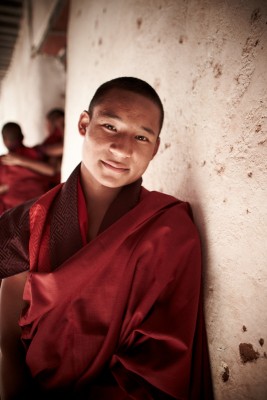
Why Bhutan is Awesome
That finishes my list of tips to get blend in with the people who don't blend in. The impact of tourism on the spiritual power of these festivals is noticeable, but not insurmountable. The further away from nice hotels you get the less tourists you will encounter. Bhutan still has many hidden treasures and plenty of lesser known festivals, it just means that you don't stay in the usual 3-star hotels that Bhutan is famous for.
When you do visit a festival wait for the crowds to ebb and flow. We stayed until the last dance of the last day at a festival in Bumthang and you could count the foreigners on one hand. It definitely helps to be travelling in a very small group or even a private tour for just yourself and a few close friends. Enough companions to share the moment, not too many to ruin it.
The ladies on our photo tour also decided to get with the local flavour and dressed in lovely Kiras, which quite literally allowed them to blend in with the scene. We managed to find a few spots back in the shade where we could shoot some nice telephoto grabs of the dances and dancers, then moved alongside a local family to shoot up close, and so on and so on. We tried not to stay in one place and look out of place, minimising our presence.
The children at festivals love being the subject of photographs. In fact children anywhere in Bhutan are like that and usually the adults are too. I was photographing a lady harvesting buckwheat and she loved the photograph so much so wanted to give me a couple of apples. How do you not fall in love with a country where people are so earnest in their kindness?
That is the essence of Bhutan, a place where traditions are strong and the modern world is still very far away. Things are changing here, mostly for the better to improve lives for the Bhutanese. That might mean some of the photographic charms we have come to associate with Bhutan will also change.
My advice is to see Bhutan soon, as the new airports will change the ease of travel into what have been remote towns until now. You will encounter other tourists on the journey, some using my five point guide to maximise their attention but most behaving with modesty and respect.

Keep Reading
Join Ewen's newsletter for monthly updates on new photography articles and tour offers...Subscribe Here

